Creation of Tule Springs State Park will highlight prehistoric relics
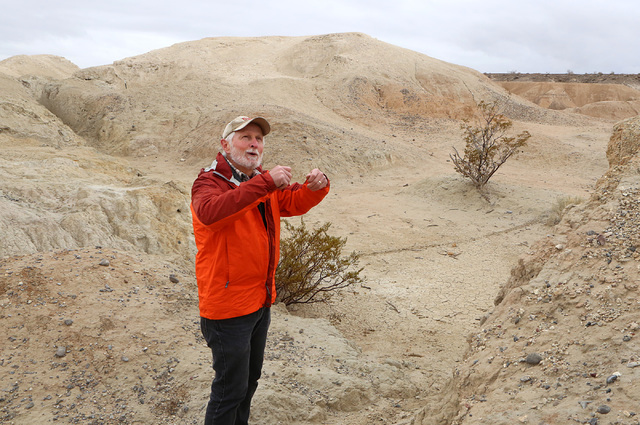
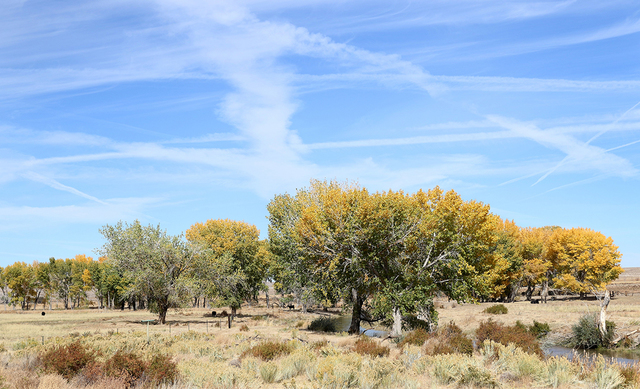
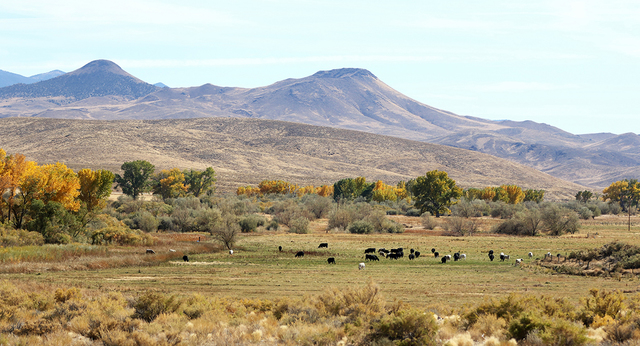
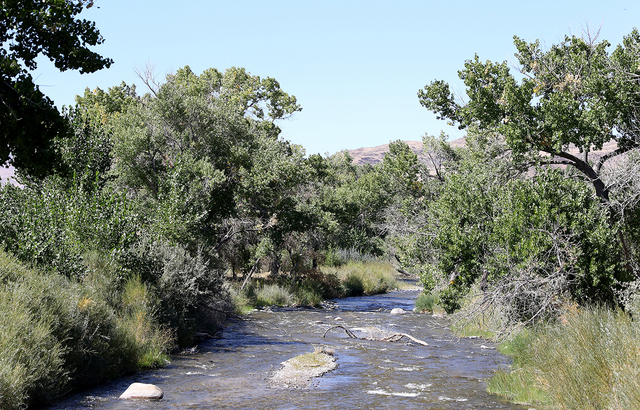
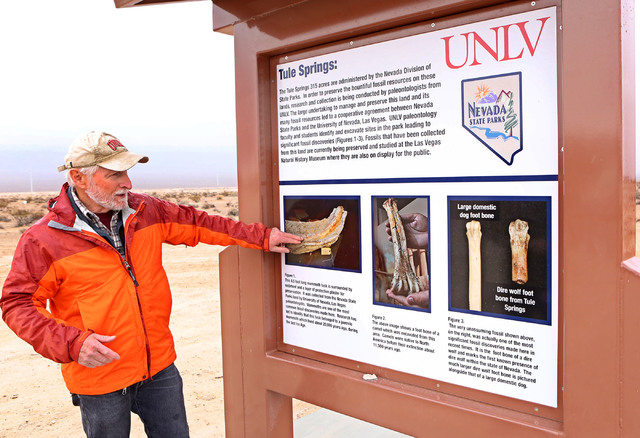


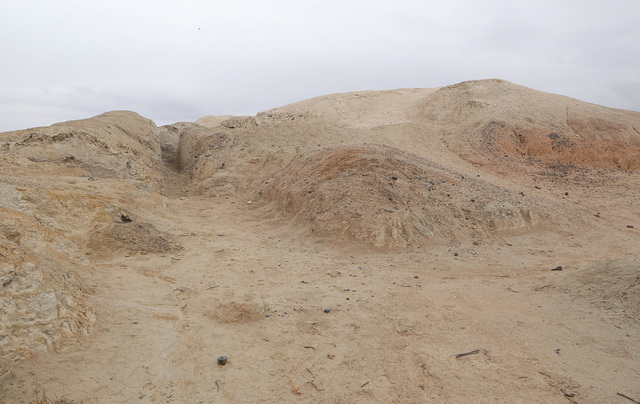
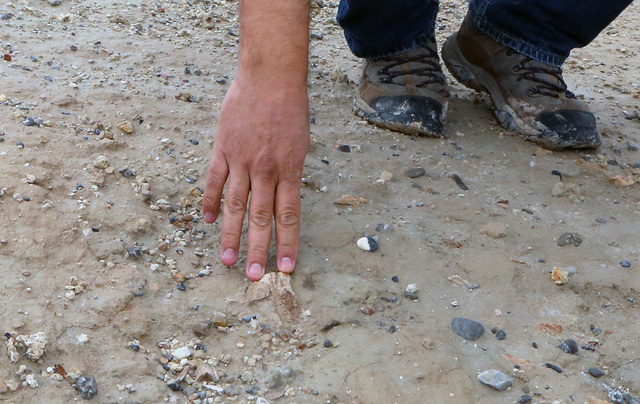
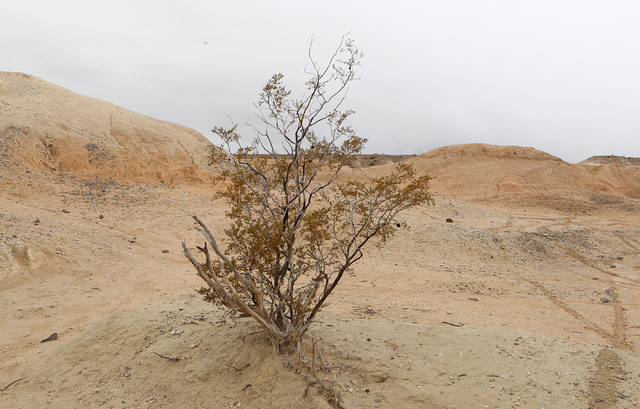
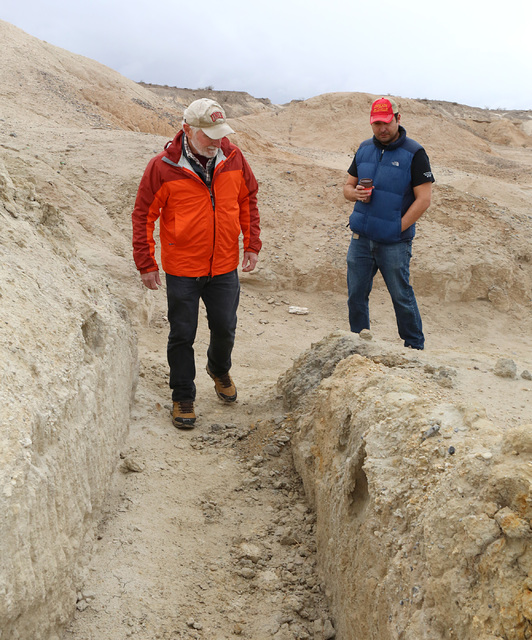
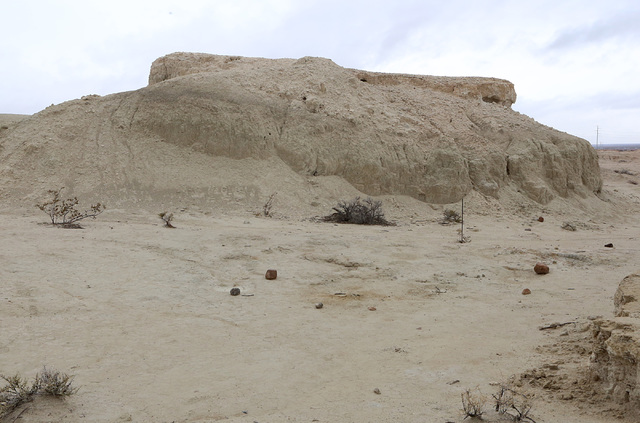
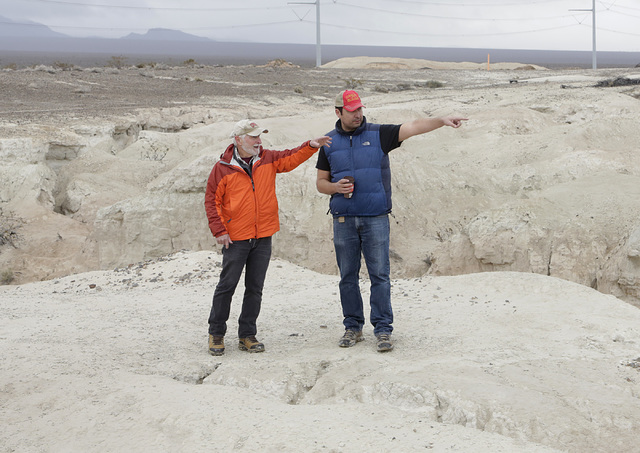
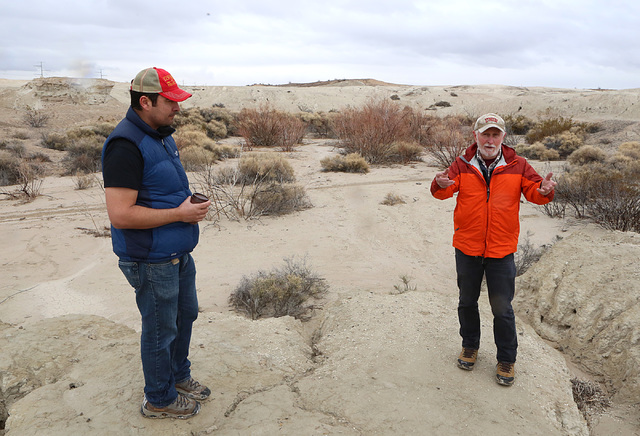

To the untrained eye, Tule Springs is a barren desert landscape.
Thousands of years before the Strip’s skyline rose in the Southern Nevada desert, prehistoric wolves, camels and mammoths roamed the region. Snails and other mollusks lived in the springs. The creatures left a treasure trove of fossils throughout Tule Springs.
The piece of Nevada’s ancient history is part of Gov. Brian Sandoval’s state budget proposal to create of Tule Springs State Park, a 315-acre stretch of fossil-rich land in North Las Vegas often overlooked by passersby despite being adjacent to Tule Springs Fossils National Monument. State officials and supporters of Tule Springs anticipate it will be a seamless experience between the state park and federal monument.
Goals for Tule Springs State Park include establishing a staff presence to start educating the public and building a visitors center, said Eric Johnson, administrator of Nevada Division of Parks.
“Many people just aren’t aware that it’s there,” Johnson said.
Sandoval wants to change that, he said in his State of the State address last week.
“Our state parks team has worked closely with UNLV to document mammoth and other ice age fossils,” Sandoval said in his speech. “Together we can develop Tule Springs State Park into a special destination for all ages to learn about Nevada’s unique prehistoric habitat.”
Sandoval’s proposed budget includes $15 million for Tule Springs State Park and Walker River State Recreation Area, and myriad improvements throughout existing state parks, such as campsites and wifi at some locations. It represents the first major investment in the state’s park system in years.
Sandoval said he “set out on a personal journey to visit every state park in Nevada.”
“I discovered pristine mountains, lakes and trails that moved me to share what I saw with the world,” he said in his speech.
For Tule Springs State Park, the two-year budget proposal would provide $306,004 for staff and operations costs and slightly more than $1 million for one-time expenses like building the visitors center and interpretative signage and features guiding visitors through the landscape.
Park officials plan for staff to be on hand at Tule Springs this fall, when construction would begin. In mid-2018, the finished park will have a grand opening.
For planners, educating and guiding visitors through the area will be key.
“It’s a sight that when you first see it it does not present itself as anything other than Mojave Desert landscape,” Johnson said.
RICH HISTORY
But the signs of both ancient life and 20th-century exploration are there.
Tule Springs has a rich history. Between 1962 and 1963, the “Big Dig” unfolded, and paleontologists and geologists uncovered fossils in bulldozed trenches.
More than a half-century later, signs of the big dig remain. Deep trenches are in the ground. In one place, rocks are organized in a square outline, where a tent was pitched for the dig.
Other remnants of the dig’s history are less obvious. For example, a tree still stands that was once decorated with tinsel in 1962 and was used as the Christmas tree at the dig site.
“The state park land is a really critically important part of the whole story,” said Steve Rowland, a geology professor at UNLV.
When it rains, water flows through the hills in Tule Springs, reshaping the badlands and creating opportunities for new discoveries.
“Every time we’re out there we find something new,” said Josh Bonde, a UNLV assistant professor specializing in paleontology.
In 2011, Bonde surveyed the site with undergraduates and student volunteers. They found dozens of new fossil sites, including a mammoth tusk and evidence of Dire wolves, an extinct prehistoric carnivore.
“It’s one big, amazing story,” said Jill DeStefano, president of Protectors of Tule Springs, a nonprofit organization that supports the National Park Service’s work at the monument.
The whole Tule Springs area is equally unique and central to a visitor’s experience, she said.
“My hope is that when there are visitor facilities out there and tourists and hiking trails, that they encompass to a visitor the entire area,” she said.
Contact Ben Botkin at bbotkin@reviewjournal.com or 775-461-0661. Follow @BenBotkin1 on Twitter.
WALKER RIVER PLANS
Gov. Brian Sandoval’s plan to add two state parks to Nevada’s inventory includes the Walker River State Recreation Area, more 12,000 acres in northern Nevada.
The area is being started by land donated from the Walker Basin Restoration Program, which focuses on securing water for Walker Lake. The planned recreation area is in western Nevada and south of Reno and Carson City.
The recreation area will open up access to 28 miles of river corridor on the East Walker River. The donated property is linked to three former ranches: Pitchfork, Rafter and Flying M.
The area will be open for activities like camping, hiking, wildlife viewing, nature study and fishing.
Sandoval’s budget proposal calls for slightly more than $2 million for ongoing costs and nearly $2.7 million for initial costs; another $550,000 for cabins and $1.42 million for campsites and hookups.
The public can to start accessing part of the area in the fall, with access throughout the area gradually increasing as the state puts infrastructure in place.












